Four years ago the 'Young Scientist' concept was brought from Ireland to Tanzania; its aim to promote science and inquiry among young Tanzanians.
RTÉ's Education Correspondent Emma O'Kelly and cameraman Colm McCaughey visited the East African country to measure its impact.
As our car pulls in a group of children begins to gather. The group grows as we get out. They are curious about the visitors.
We're in a Maasai 'boma' or homestead in Kiteto district, a vast and remote area of bush, and home to the Maasai in Tanzania.
The boma is a collection of circular wattle and daub huts. Beside it, a large cattle enclosure - now empty.
Goats run around, and one little new born calf, the remains of his umbilical cord still dangling.
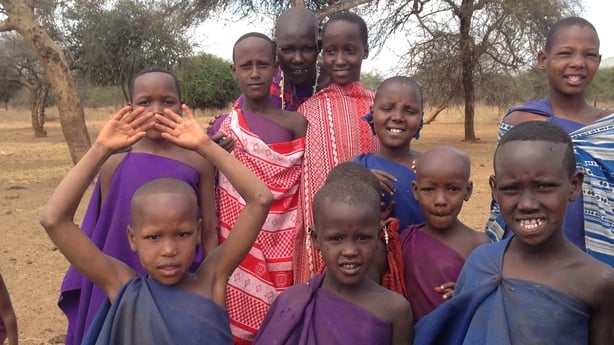
The children gather round. One tentatively puts out her hand to touch my hair and when they see that it's allowed suddenly they all want to do it.
They crowd and jostle around me, taking my hair in their hands and giggling.
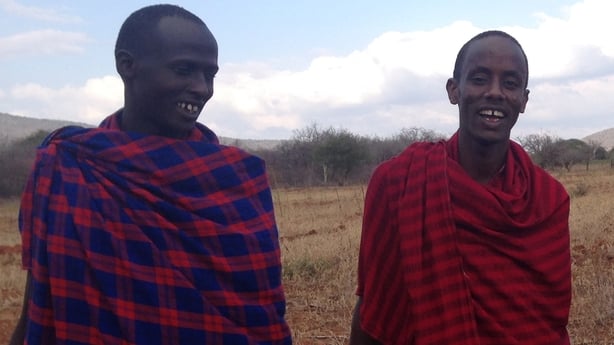
We're here to meet Emmanuel, a young Maasai student, who is one of the entrants to this year's Young Scientists Tanzania competition.
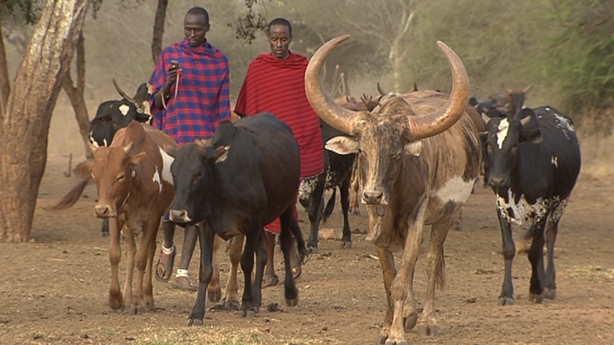
Emmanuel is about to travel to Dar es Salaam for the final exhibition and judging but we've come to meet him here first, in his home territory.
"It looks like these children don't know what writing is ..."
The children we meet are Emmanuel's cousins. One young Maasai woman, Catherin, takes my notebook and begins to write the names of the children, Sayanoi, Satu, Nemburis, Chalal.
As she writes the words in clear capitals she points to the children and I say their names.
The children appear amazed, as if it's a kind of magic. Catherin makes marks on a piece of paper and suddenly I know their name.
Perhaps I'm mistaken, but to me it looks like these children don't know what writing is.
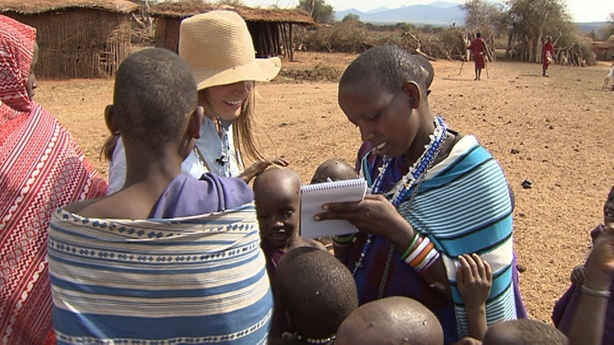
"He slashes the bark. The sap begins to flow"
Maasai society is pastoral. Their cattle are their lifeblood. The central role of young Maasai men is as herders. They cover huge distances daily seeking out grazing in the arid bush.
Emmanuel's Young Scientist project is rooted in the Maasai way of life. Ticks, lice and other parasites are a serious problem for cattle in the bush.
Nowadays the Maasai use chemical sprays to control them but the chemicals cause respiratory and other problems for the Maasai who administer them.
Emmanuel and his brother take us into the bush to the Oltemuai tree. It stands out, the sun illuminating its unique bright green bark. He takes his panga knife and slashes the bark. The sap begins to flow.
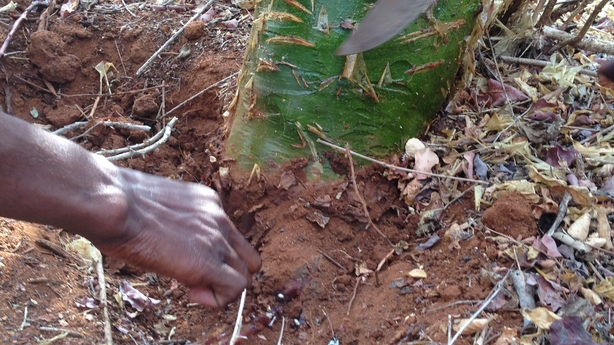

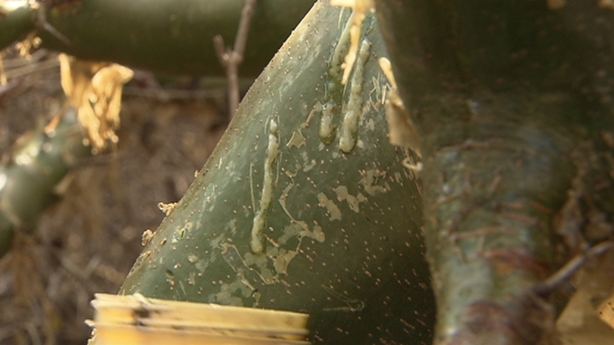
From this sap Emmanuel has developed a natural spray which appears to prevent parasites in cattle.
As evening approaches the cattle come home. There are several hundred, including four bulls, with huge horns.
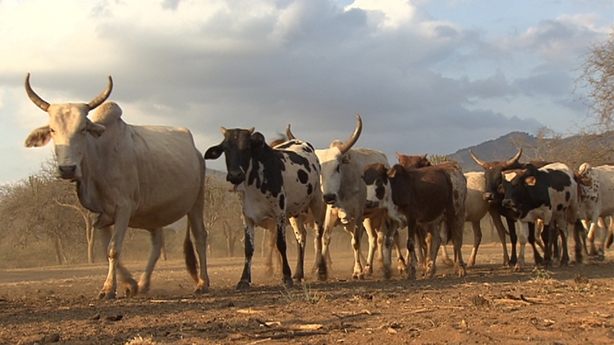
Compared to Irish cows they are all docile, so used to people that one can wander between them with no fear.
In the enclosure, it's peaceful. the women gather the cows they personally own. They tie the hind legs with rope. Their chat and laughter rings out as they begin to milk.
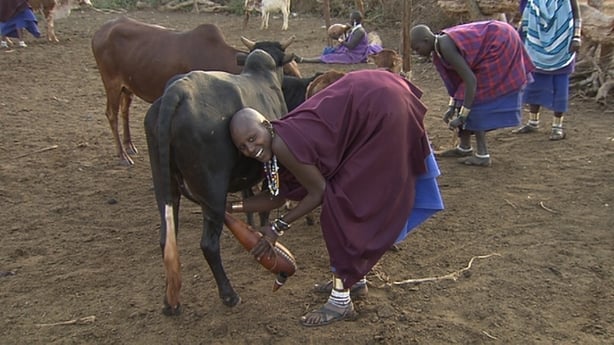
"Slices of goat meat are cut with a panga"
At a distance, in the bush, the young men have slaughtered a goat in honour of their guests. These young men are not allowed to eat an animal that has been seen by a woman.
Thankfully they make an exception for me. Slices of goat meat are cut with a panga and offered to us. We're hungry, and it's delicious.
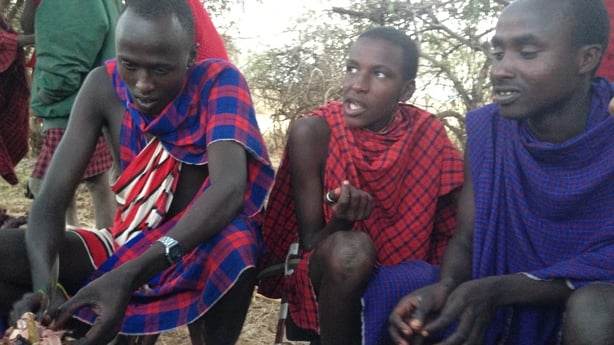
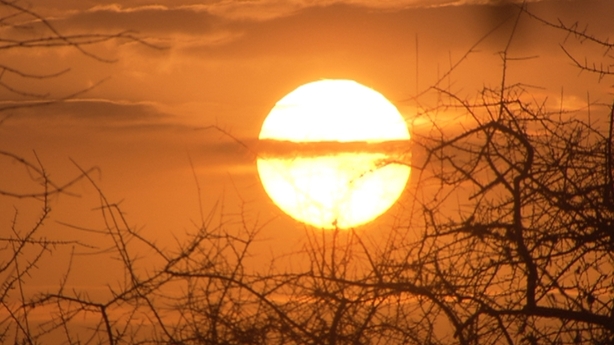
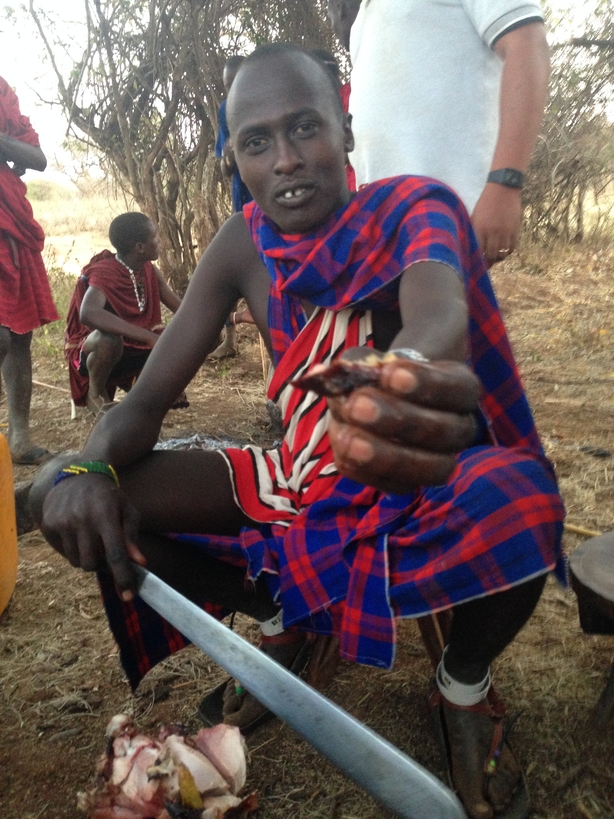
Emmanuel explains the social structure. The boys are 'Layoni'. At around 18 they are initiated as 'Moran'.
Emmanuel thinks life is hardest for this group. He feels they carry the biggest burden. In the past they were the warriors who fought for their group.
If there's a drought it's they who must travel huge distances to seek pastures. At around age 35 they become elders. Out of the elders leaders are chosen.
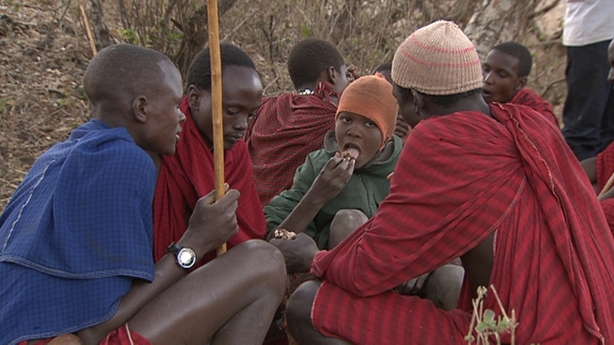
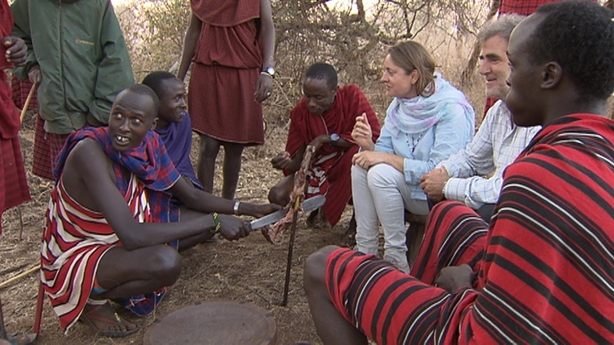
I ask about the women. What is their structure? There isn't one, he says. After more questions he says yes, Maasai girls are called 'intoye'. And after that? "women".
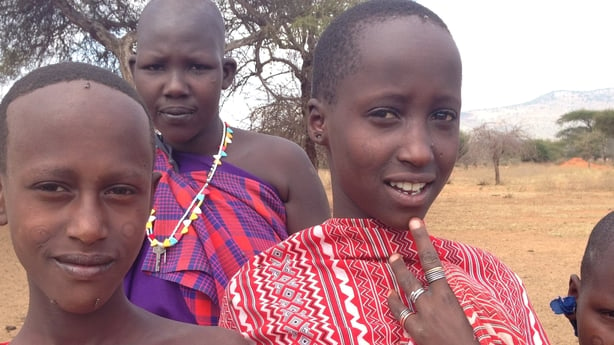
"All it takes is one inspiring person ... "
Emmanuel tells me none of the children we met earlier go to school. This clearly frustrates him.
Emmanuel wants to go to university, to become a doctor. After that he wants to help his people.
"I will try, by any means, to make the Maasai society to be educated as well as other tribes." he says.
The man who brought the Young Scientist concept to Tanzania, Irishman Joe Clowry, came with us to Kiteto.
Joe says he believes Emmanuel is already having a positive impact on Maasai society.
"I have no doubt that if we come back here in ten years time we will see that Emmanuel will have become a role model for all these children." he says. "All it takes is one inspiring person."

One week after our visit, to Emmanuel's delight, his project won runner up at the Young Scientists Tanzania competition in Dar es Salaam.
Supported by the Simon Cumbers Media Fund

